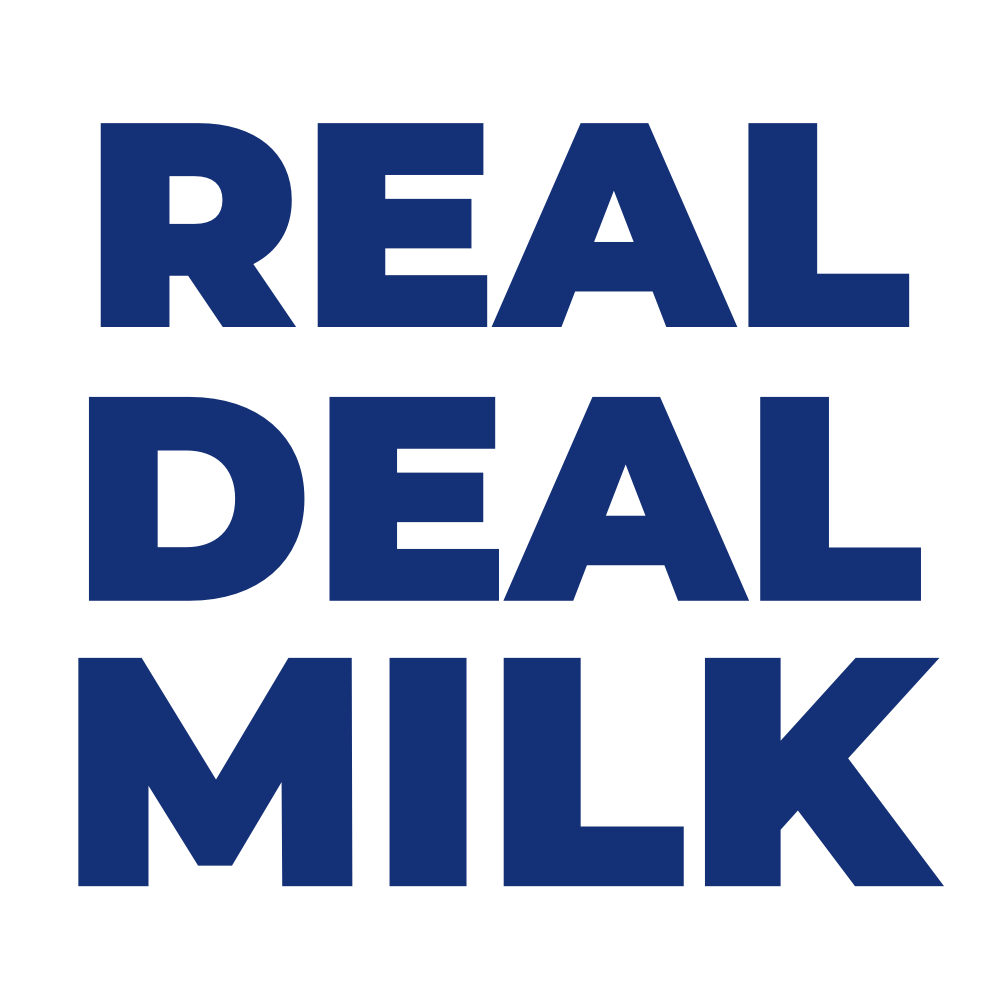What’s up with antibiotic resistance?
Antibiotic resistance poses a massive threat.
We’ve started taking antibiotics for granted, splashing them all over the place to give a quick fix solution. Now scientists are warning us to change our ways. Antibiotics are our go-to weapon to fight infection; their inefficiency provides small infections with the power to impose big consequences.
What is antibiotic resistance?
When bacteria become resistant, antibiotics stop working.
Antibiotic resistance occurs when bacteria develop defences against antibiotics, causing the drugs to become ineffective (WHO. 2020). So treating an infection is no longer as simple as an antibiotic prescription. It results in extended hospital stays, increased medical costs and higher mortality levels. We also rely on antibiotics assistance in surgery, such as for transplants or cancer treatment (Ventola, C.L. 2015). If antibiotics become futile, the ability to conduct these surgeries safely is lost.
As our antibiotic use rises, so does the emergence of antibiotic-resistant strains of bacteria (Ventola, C.L. 2015). Yet antibiotics are still swarming our lives. If we continue on our current trajectory, it is estimated that by 2050 antibiotic resistance will be responsible for 10 million deaths globally each year (O’Neill, J. 2014), a devastatingly high figure that could be prevented.
How are antibiotics used in farming?
Drugs aren’t just for humans.
Antibiotics’ appearance in farming dates back to the 1940s. They discovered that these drugs could cause the animals to grow faster and put on more weight (Food Print. No date). Larger animals mean more meat and an increased profit; it seemed like a goldmine of a discovery. However, antibiotics to promote animal growth have now been banned in countries in Europe and the US due to the risk of resistance they pose. However, their regulation is still uncontrolled in plenty of other countries (Medical News Today. 2018).
Preventing disease is an antibiotic’s primary asset, and diseases are basically welcomed into factory farms through their crowded and unhygienic conditions. Rather than tackling the spread of disease through improved conditions for the animals, antibiotics are thrown at the problem.
Other farming practices also exasperate the need for antibiotics. Due to the fast-paced turnover of animals on factory farms, there’s no time for the newly born calf to spend meaningful time with its mother, drinking her milk and developing a sturdy immune system (Medical News Today. 2018). Instead, they’re torn from one another early on, leaving the calf open to disease with poor immune defences. So yet again, that problem is patched up with more antibiotics.
And they’re not just employing a few of them. In some countries, out of all the medically imported antibiotics, 80% are consumed in the animal sector (WHO. 2017).
What’s the impact of using antibiotics in agriculture?
You’re probably consuming more antibiotics than you’re aware of.
Most of us are likely to rely on antibiotics at some point in our lives, thoroughly thankful to them for helping clear up an infection. However, what is not so obvious is the antibiotic residues present in our food, making their way into the food chain through poor agricultural practices.
There are laws and guidelines in place to help prevent antibiotics from weaving their way into animal products. However, this doesn’t mean they’re always followed so drug residues can accumulate in the meat or in the animals milk. This is due to improper withdrawal periods, unmaintained treatment records, overdose and prohibited drug use (Kebede, A. and Roba, M. 2020). So there’s a chance your burger and milkshake have an unwanted side of antibiotics.
Antibiotic-resistant bacteria themselves have the potential to sneak into our diet as well. Either through meat that is mishandled or incorrectly cooked or via crops sprayed with fertilizer from animal manure containing resistant bacteria (Healthline. 2017).
It’s not just our diet that antibiotics can creep into; it also impacts the environment. For example, 90% of antibiotics consumed by farm animals are excreted, causing the antibiotics to be dispersed as fertilizers as well as through groundwater and surface runoff (Ventola, C.L. 2015). Therefore, polluting the soil and contaminating the water.
Reducing antibiotic use
Agriculture accounts for a large amount of antibiotic use, and this needs to be dramatically decreased. Antibiotic use should be taken seriously, and what better way to reduce their use than with a product that goes nowhere near them. This is one of the enormous advantages of cellular agriculture.
Producing animal products in the clean comfort of a laboratory means there are no dirty farms full of animal manure, no animals crammed into small spaces ready to let disease prosper. Hence there’s no need for antibiotics, allowing for an overall reduction which will only be beneficial in preventing further antibiotic resistance.
Antibiotic resistance is a public health crisis crying out for attention. Suppose we continue with our blasè attitude towards antibiotic use. In that case, millions of people will pay the consequences, dying from infections that could previously be treated. Improving farming practices is one step, but avoiding animals altogether, allows us to cut antibiotics straight out of the food chain. Cellular agriculture provides the perfect method of doing so.
References
Food Print. No date. Antibiotics in our food system. https://foodprint.org/issues/antibiotics-in-our-food-system/
Healthline. 2017. Antibiotics in your food: should you be concerned? https://www.healthline.com/nutrition/antibiotics-in-your-food#TOC_TITLE_HDR_5
Kebede, A. and Roba, M. 2020. Review On Antibiotics Residue In Beef: Its Risk Factors and Public Health Impacts. International Journal of Veterinary Health Science & Research, ISSN: 2332-2748
Medical News Today. 2018. Drug resistance: does antibiotic use in animals effect human health? https://www.medicalnewstoday.com/articles/323639
NFID. No date. What is antibiotic resistance? https://www.nfid.org/antibiotic-resistance/what-is-antibiotic-resistance/
O’Neill. 2014. The review on antimicrobial resistance. PDF. https://amr-review.org/sites/default/files/AMR%20Review%20Paper%20-%20Tackling%20a%20crisis%20for%20the%20health%20and%20wealth%20of%20nations_1.pdf
Ventola, C.L. 2015. The antibiotic resistance crisis. A peer-reviewed journal for managed care and hospital formulary management, 40(4), 277-283.
WHO. 2017. Stop using antibiotics in healthy animals to prevent the spread of antibiotic resistance. https://www.who.int/news/item/07-11-2017-stop-using-antibiotics-in-healthy-animals-to-prevent-the-spread-of-antibiotic-resistance
WHO. 2020. Antibiotic resistance. https://www.who.int/news-room/fact-sheets/detail/antibiotic-resistance



